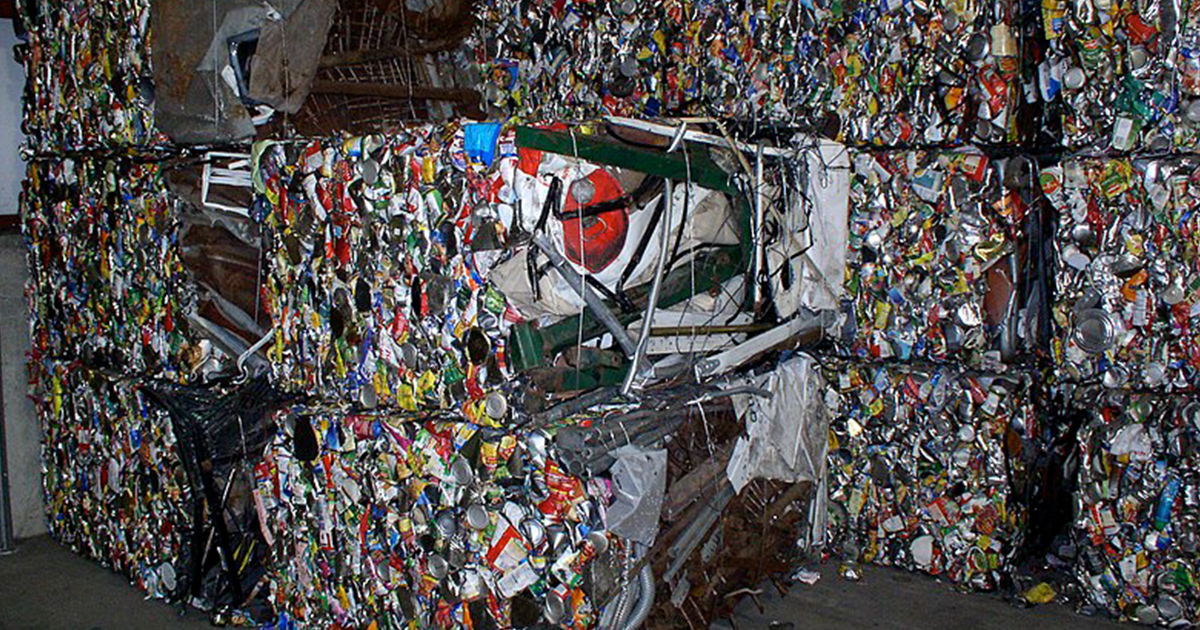Tinplate vs. plastic containers: which is more environmentally friendly? - Part 3
By Aniket Gupta | 14 Aug 2023

Environmental impact
The environmental impact of tinplate and plastic containers extends beyond their production and disposal phases.
Plastic pollution has become a global crisis, with vast amounts of plastic waste entering oceans, waterways, and natural ecosystems. Single-use plastic items, such as bottles and packaging, contribute significantly to this issue.
While tinplate containers are less likely to contribute directly to ocean pollution, they can still have a substantial impact on the environment if not managed properly. The mining of iron ore and the energy-intensive steel production processes can lead to deforestation, habitat disruption, and air pollution if not regulated and monitored carefully.
Innovation strategies
In recent years, both industries have taken steps to mitigate their environmental impacts.

The plastic industry has been exploring bio-based and biodegradable plastics as alternatives to traditional petroleum-based polymers. These materials are designed to break down more quickly in natural environments, potentially reducing long-term plastic pollution.
However, challenges remain in terms of scalability, performance, and a true assessment of their actual environmental benefits.

Similarly, the tinplate industry has been working on improving the overall sustainability of its production processes. Efforts to reduce energy consumption, increase the use of recycled content, and implement more efficient manufacturing methods are underway.
Additionally, the concept of ‘light-weighting’, which means reducing the amount of material used in each container, has gained traction, lowering the overall environmental impact of tinplate packaging.
Conclusion
The debate over which is better for the environment, between tinplate and plastic containers, is far from straightforward. Both materials have their advantages and disadvantages in terms of their ecological footprint, resource use, recyclability, and overall impact on the planet.
While tinplate offers durability and high recyclability, plastic containers provide lightweight and versatility. The environmental impact of each material is heavily influenced by factors such as waste management, recycling infrastructure, and consumer behavior.
As we move forward, it is crucial to recognize that a truly sustainable solution might require a combination of strategies. These could include reducing overall packaging, investing in innovative materials, improving recycling infrastructure, and fostering a culture of responsible consumption.
Ultimately, the journey towards a more environmentally friendly packaging industry requires collaboration between stakeholders, including manufacturers, policymakers, and consumers, to strike a balance between functionality, practicality, and ecological supervision.
You may also read part 1 and 2 if you have not already read:
- Tinplate vs. plastic containers: which is more environmentally friendly? - Part 1
- Tinplate vs. plastic containers: which is more environmentally friendly? - Part 2



















